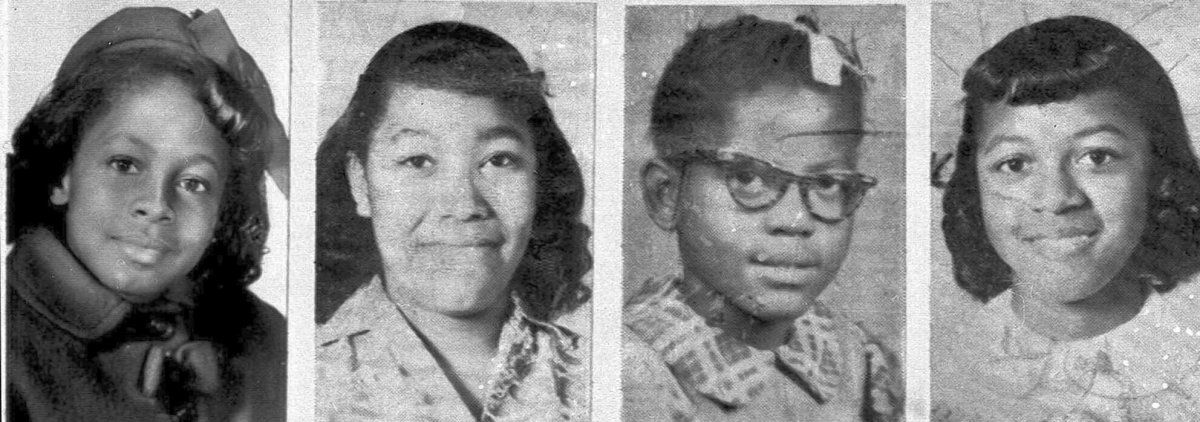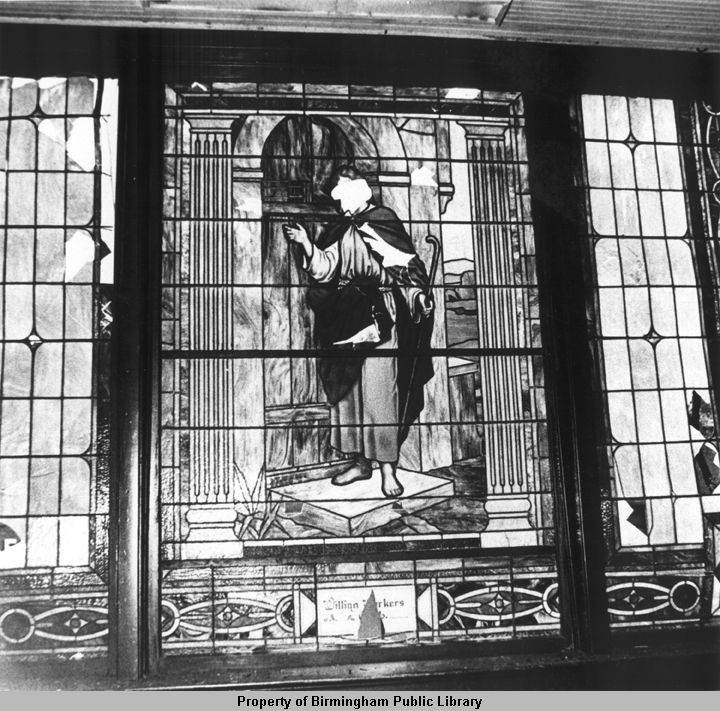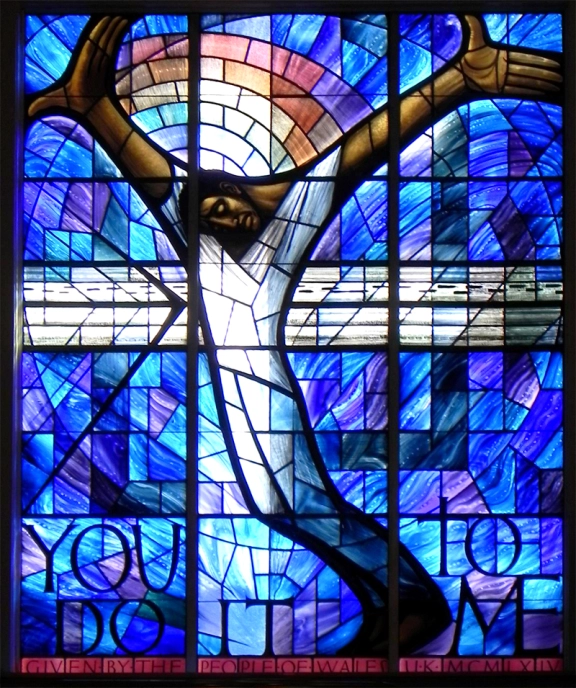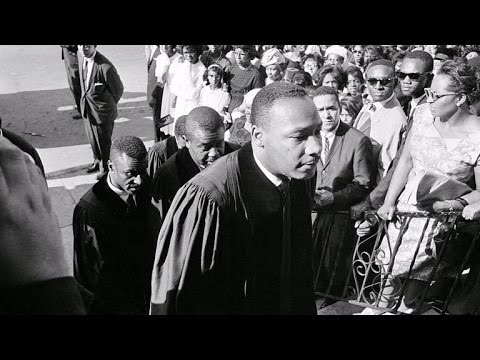#OnThisDay: September 15, 1963
Four young Black girls—Addie Mae Collins (14), Denise McNair (11), Carole Robertson (14), and Cynthia Wesley (14)—were killed by a white supremacist in a terrorist attack. But there’s so much more to know...
#16thStBaptistChurch
Four young Black girls—Addie Mae Collins (14), Denise McNair (11), Carole Robertson (14), and Cynthia Wesley (14)—were killed by a white supremacist in a terrorist attack. But there’s so much more to know...
#16thStBaptistChurch

The blast injured about 20 others including 12 year old Sarah Collins, Addie’s sister, who was blinded in one eye. The 15 sticks of dynamite shattered all the church’s stained glass windows except one—an image of Jesus Christ. The face of Christ had been blown out. 

Also...Here's the story of the new stained glass window that replaced the damaged one. It's inspiring! instagram.com/p/CCjgAeQJd1I/… 

The cover of “The Color of Compromise” shows the funeral for the girls. This bombing exemplifies complicity. Birmingham was known as "Bombingham" and this bombing was the fourth in four weeks. It occurred two weeks after the March on Washington and King’s “I Have a Dream” speech. 

Just days prior, Alabama's governor, George Wallace, said in an interview that the state needed, "a few first-class funerals" to stop racial integration. Just goes to show...The rhetoric of politicians can directly create the on conditions for acts of racial terrorism. 

King sent a telegram to Alabama’s governor, George Wallace, that read, “the blood of four little children ... is on your hands. Your irresponsible and misguided actions have created in Birmingham and Alabama the atmosphere that has induced continued violence and now murder.” 

In the aftermath, white people killed two Black teenage boys. Johnny Robinson had allegedly been throwing rocks at police. He ran away & they shot him in the back. Virgil Ware, just 13 years old, was riding on a bike when a 16-year old white youth shot him for no apparent reason.
While an act as heinous as a church-bombing and the murder and maiming of children evokes outrage, the most egregious acts of racism occur with a context of compromise. Silence, passivity, and apathy can kill as surely as sticks of dynamite.
#ColorofCompromise.
#ColorofCompromise.
• • •
Missing some Tweet in this thread? You can try to
force a refresh










